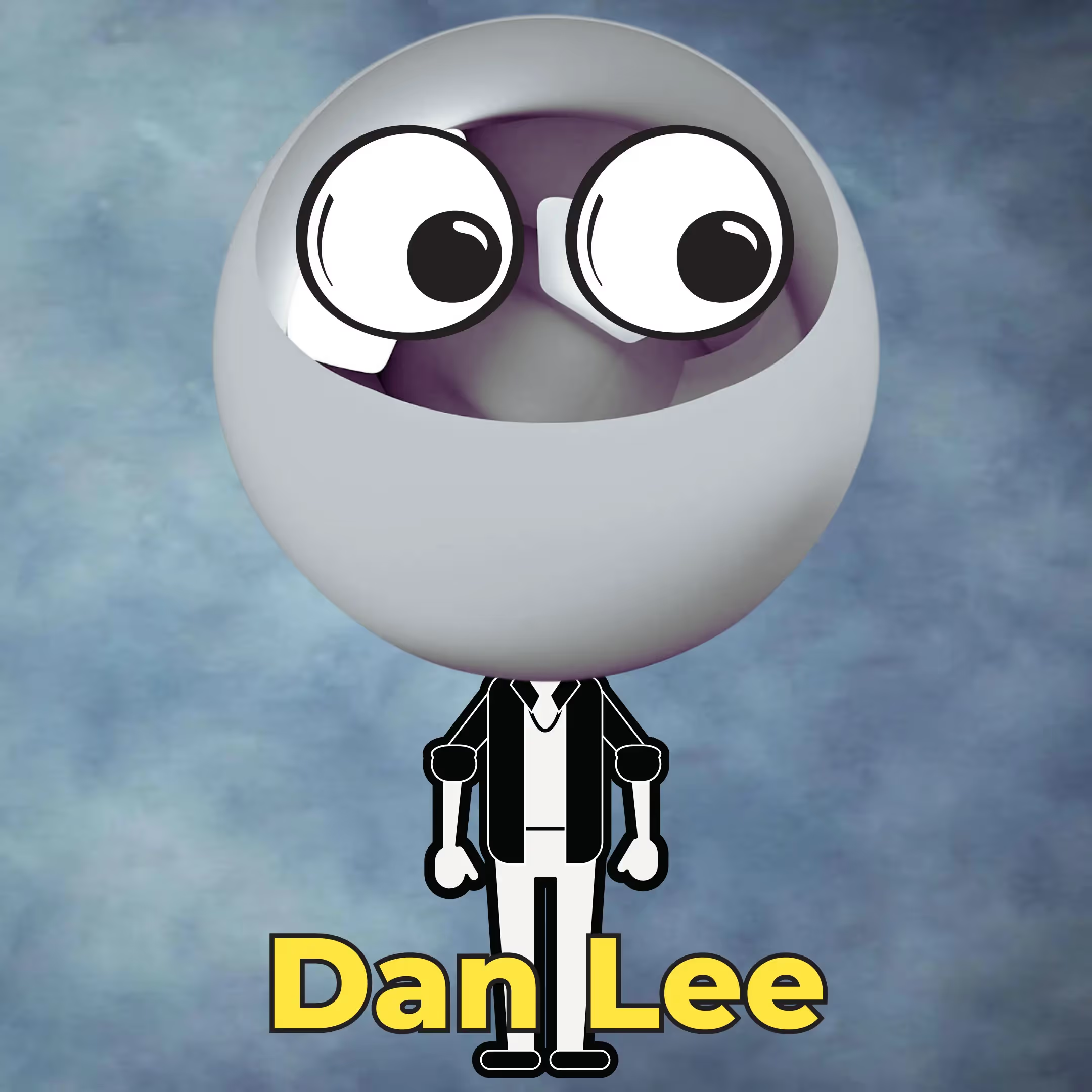Learn Bally’s Gilligan’s Island in 10 Minutes!

Pinball was about to undergo a substantial change in the 1990s. Data East had been planning to change pinball displays from the alphanumeric ones common on 1980s releases to DMD displays capable of showing animations alongside the scores; 1990’s The Simpsons was to be their first game to include a DMD but due to wanting to polish the display further, they wound up waiting until Checkpoint the following year. The announcement of such a substantial change in game displays naturally caught the attention of rival pinball companies Williams & Bally, who had just updated their alphanumeric displays and would now have to transition into creating their own take on the DMD to catch up with Data East.
Similar to Data East’s struggles with the new software, Williams tables had a staggered rollout of the DMD. Their first release to include one was SlugFest, their 90s take on the pitch-n-bat machines from earlier in pinball history, but their earliest release designed with one in mind was Terminator 2: Judgement Day. Due to the game taking a longer time to develop than usual, another game was pushed up the production line that became their first pinball machine to include a DMD.
Gilligan’s Island was the brainchild of Ward Pemberton and one of the most underrated pinball designers ever, Dan Langlois. The game underwent a theme change during its development and despite its importance as the first Williams table to include a DMD, the table has a negative reception nowadays due to its rules being perceived as shallow thanks to a 50-million-point shot that overpowers everything else in the game. While I agree with this, the process of lighting the 50 million is fun on its own and requires players to make every shot on a playfield full of unique shot geometry.
The Professor’s latest scheme to escape the island with his castaways involves sending Gilligan into the jungle to fetch ingredients to create a lava seltzer, which will cure its dormant volcano god, Kona. Based on the 1960s TV series of the same name but doesn’t take influence from any episode, instead being an original story.
About Gilligan’s Island Pinball
Gilligan's Island, produced by Bally in 1991, is based on the popular television series. Designed by Dan Langlois and Ward Pemberton, it features artwork by John Youssi and sound by Jon Hey. This game was notable for being the first Williams WPC machine released with a high-resolution dot matrix display.
- Manufacturer: Bally
- Release Year: 1991
- Design: Ward Pemberton, Dan Langlois
- Code: Mike Boon, Dan Lee
- Mechanics / Electronics: Greg Tastad
- Art: John Youssi
- Displays: John Newcomer
- Music / Sound: Jon Hey
Playfield Overview

Decades before Jack Danger’s designs like Foo Fighters and Uncanny X-Men were pushing the boundaries of pinball playfield design, Dan Langlois was attempting the same thing. Gilligan’s Island features a ramp shot with five different exits, several target banks and four different orbit shots which exit the playfield in different ways, challenging the player to keep up with the fast pace.
The left side of the playfield contains one of the standup target banks, a yellow one dedicated to pineapples, which gates the entrance to the left orbit. The left orbit is used to collect turtle eggs and sends the ball under the jungle run playfield to the right flipper, where it can be caught using the flipper or loop passed to the left flipper by pressing the right flipper with a delay. A single standup target used to collect bananas is located next to the left orbit.
The main gimmick of Gilligan’s Island is the jungle run shot, a ramp that has five different exits and can also raise to reveal an orbit shot hidden beneath it. Three of the exits feed the right flipper via a swirling plastic that sends the ball to the flipper faster than you might think, one of them sends the ball to the right flipper via the VUK, and the last one sends the ball to the left flipper. During jungle run mode, the ramp will rotate to one of the directions that sets up the right flipper, and while the player is delivering the seltzer to Kona, the player will need to hit all five exits on the ramp in a timed sequence. The loop hidden under the ramp is the only reliable way of accessing the top hole outside of the plunger and can be hit from either flipper.

Gating the right side of the jungle run shot are six standup targets spelling out LAGOON, and a lane above them used to collect shells. It isn’t possible to hit the LAGOON targets directly, but balls in the bumper area will sometimes bounce into them, and the return lanes will always spot LAGOON letters. Spelling LAGOON lights a random award that can be scored at the shells lane. Next to the targets are a set of three “jumper bumpers” with two shots above them: a top hole with a roving light, and a hidden lane. The top hole and hidden lane can only be hit via the loop shot under the jungle run, with the hidden lane requiring especially strong shots to the loop. Shooting the hidden lane via the loop shot increases the bonus multiplier.
The right side of the playfield is occupied by a VUK that sends the ball to the right flipper and brews the lava seltzer once all the ingredients have been found, another 3-bank of standup targets that collects coconuts, and the “rope” orbit which runs opposite to the left orbit and must have its first switch register without anything else hit prior to collect the rope. Shots to the rope orbit can be difficult to recover from due to exiting out the left orbit, so be on guard with the left flipper.
Gilligan’s Island features a traditional flipper layout with two return lanes and two outlanes, though the kickback geometry is interesting. Slightly blocking the kickback area is a single standup target used to collect the shrunken head, with a gap below it where balls might fall into the kickback. Of course, balls can also enter the kickback by landing directly above it, meaning that despite the standup target being placed there, it’s still a dangerous area. Try to keep the kickback lit by shooting the top hole.
Scoring on Gilligan’s Island outside of the infamous 50 million shot is low for its era, with typical scores excluding that shot averaging between 5M to 10M. The only valid way of getting substantial points outside of going for Kona is playing for jungle runs from the top hole, which can be dangerous if the player can’t consistently hit the ramp shot. Scores over 100M are possible if the player manages more than one 50M shot in a game, which is more than possible thanks to the generous timer on Kona.
Getting Started with Gilligan’s Island
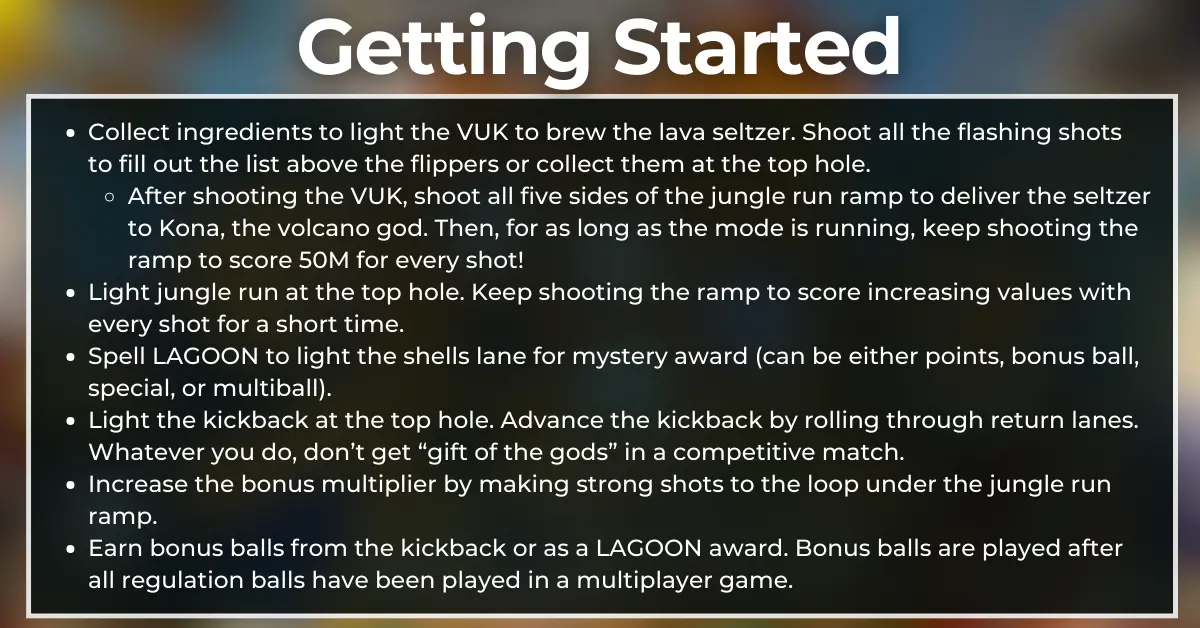
- Collect ingredients to light the VUK to brew the lava seltzer. Shoot all the flashing shots to fill out the list above the flippers or collect them at the top hole.
- After shooting the VUK, shoot all five sides of the jungle run ramp to deliver the seltzer to Kona, the volcano god. Then, for as long as the mode is running, keep shooting the ramp to score 50M for every shot!
- Light jungle run at the top hole. Keep shooting the ramp to score increasing values with every shot for a short time.
- Spell LAGOON to light the shells lane for mystery award (can be either points, bonus ball, special, or multiball).
- Light the kickback at the top hole. Advance the kickback by rolling through return lanes. Whatever you do, don’t get “gift of the gods” in a competitive match.
- Increase the bonus multiplier by making strong shots to the loop under the jungle run ramp.
- Earn bonus balls from the kickback or as a LAGOON award. Bonus balls are played after all regulation balls have been played in a multiplayer game.
“Skill Shot” / Top Hole

There is no true skill shot on Gilligan’s Island, but the top hole is in a comparable position to a traditional skill shot. When the ball falls into the hole from the plunger, or via a weak shot to the loop under the raised ramp, the lit award will start roving from left to right and then immediately move to the far left again. The four awards are:
- Light kickback (at the left outlane & at base value); if kickback is already lit, then this will spot an ingredient instead
- Light jungle run 500k
- Spot ingredient (spots a random ingredient towards the current lava seltzer)
- Light jungle run 1M
If the ball falls into the top hole immediately after hitting a bumper, the hole will score 100k and immediately kick the ball out.
If the lava seltzer is ready to deliver to Kona, then the top hole will always relight the kickback if it isn’t currently lit and score 500k.
Creating the Lava Seltzer
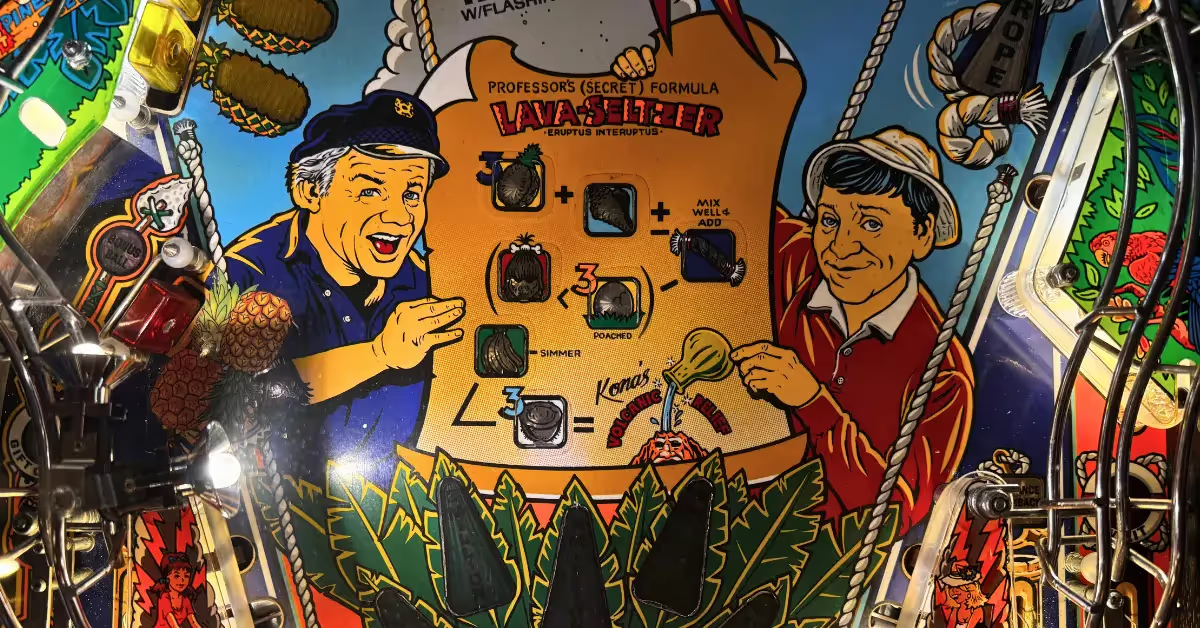
Lava seltzer is the only known method of curing Kona’s violent coughing fits. The main goal of Gilligan’s Island, and what generates the highest scores on this table by far, is to collect 7 different ingredients before brewing the seltzer and delivering it to Kona for the island treasure award of 50M points.
The 7 ingredients are represented by target banks or shots around the playfield – some require just one shot but others require more than one, and others might require shots to be made from a certain direction. The top hole can help with spotting ingredients when “light kickback” is scored and kickback is already lit, or “spot ingredient” is scored; both spot ingredients in a random order.
From the left to right side of the playfield, the 7 ingredients and their shots are:
- Shrunken head: target near the left slingshot, gating the kickback. Hitting this target directly is not advised, the ball will often hit it on its own from slingshot bounces.
- 3 pineapples: 3-bank standup targets on the left wall of the game. Complete all three targets to collect.
- 3 turtle eggs: Left orbit shot which sends the ball at a medium speed back to the right flipper. Shoot this shot 3 times to collect all 3 eggs.
- Banana: Single target to the left of the game’s only ramp. Dangerous shot - the ball will typically hit this if the player misses the ramp shot or tries hitting it on the fly.
- Shells: The center saucer, which is also where LAGOON awards are scored. This shot is best hit from a cradle on the right flipper.
- 3 coconuts: 3-bank standup targets gating the VUK entrance, on the right side of the game. Complete all three targets to collect.
- Rope: The “right orbit”, which is where shots to the left orbit exit. The rope is only collected if this orbit switch is hit directly from the flippers.
Delivering the Seltzer to Kona
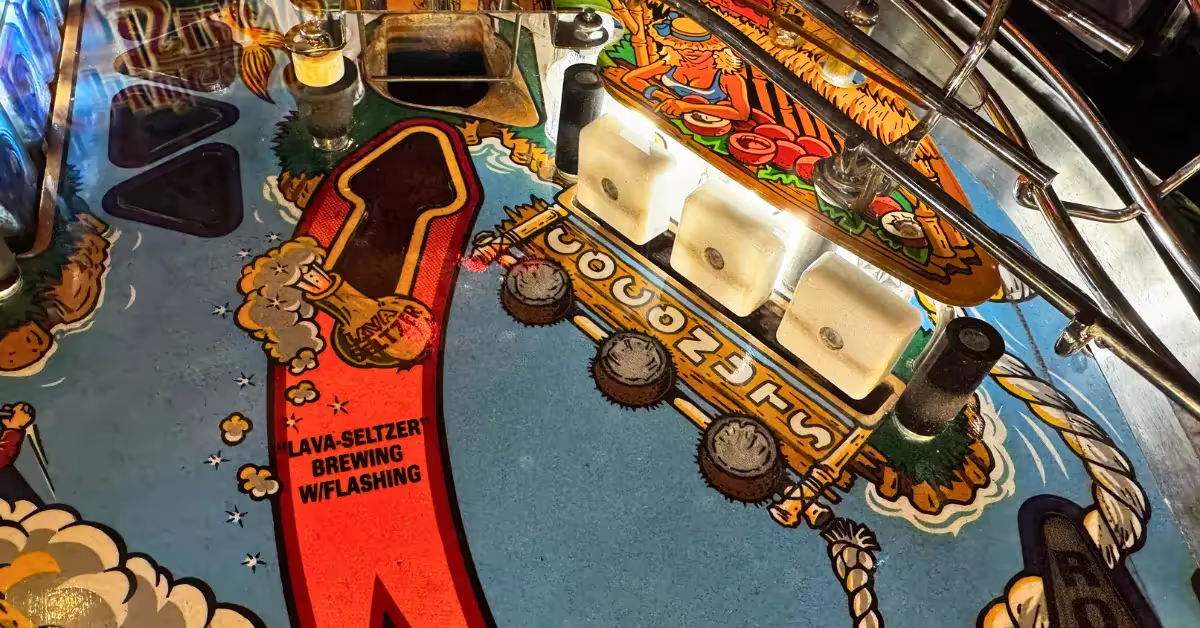
Once all seven ingredients have been found, Gilligan and the Professor will be ready to brew the seltzer. Shoot the VUK to complete the process and lower the ramp entrance to spot Kona and score 1M. If the ball drains while this first ramp shot is lit, the VUK will remain lit to start this process again on the next ball.
True to form, the Professor isn’t willing to trek into the jungle by himself and instead puts Gilligan in charge of finding his way to Kona. As soon as the 1M shot is scored, a 45-second timer will start and the player must shoot the ramp 4 more times, with each shot scoring increasing millions and sending the ball through one of the four different jungle run pathways. The second pathway sends the ball to the left flipper, requiring the player to either ski pass the ball to the right flipper or cradle up and then hit the ramp from the left flipper; and the third, fourth, and fifth pathways send the ball to the right flipper at varying speeds.
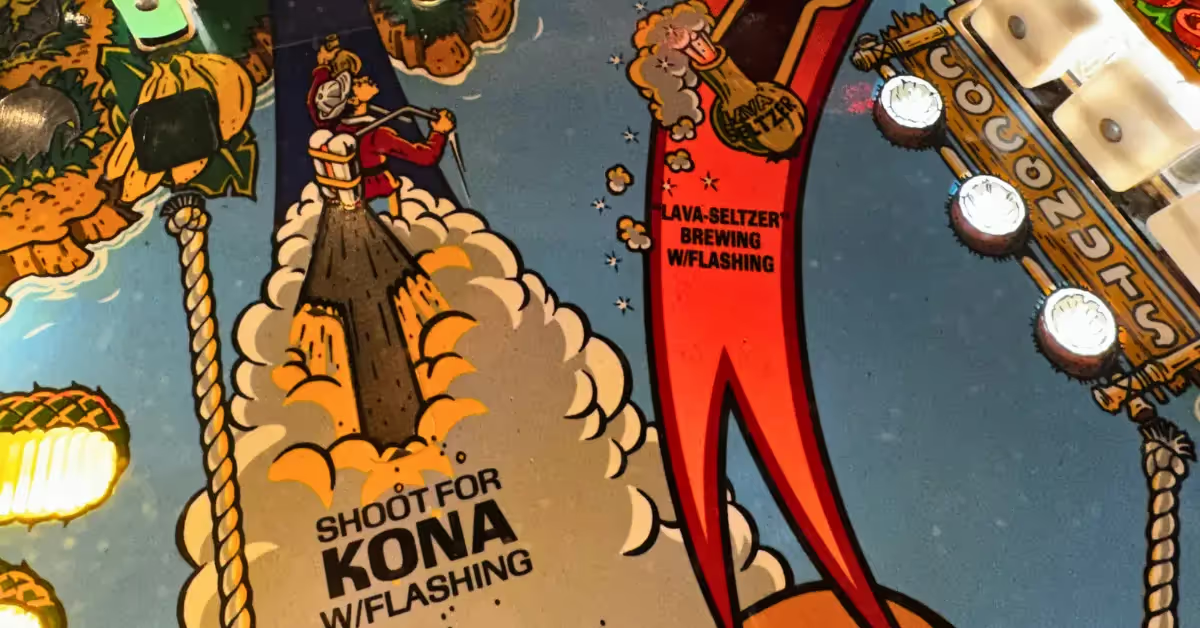
Once the fifth pathway is completed, the ramp will return to its original position for a chance to finally cure Kona and score 50M, the highest single-value shot in the game. If the player has any remaining seconds after scoring the 50M shot, then the player can continue trying to collect additional 50M shots before time runs out. The mode ends, and progress towards collecting the 7 items resets, once either the ball drains or time runs out.
Jungle Runs

Jungle runs are a good way to practice shooting the different ramp pathways and can be worth sizable points on their own. Light jungle run by falling into the top hole when either “jungle run 500k” or “jungle run million”, the second and fourth lights, are lit. Then, the next time the player shoots the lowered ramp, jungle run will start.
The player now must keep hitting the ramp repeatedly within 7 seconds to keep the jungle run going and increase the value for each ramp shot. The ramp value starts at 500k and increases by that value to 5M during jungle run 500k or starts at 1M and increases by that value to 10M during jungle run 1M. Once time expires, the jungle run will end, and the ramp will raise back up.
LAGOON Award / Multiball
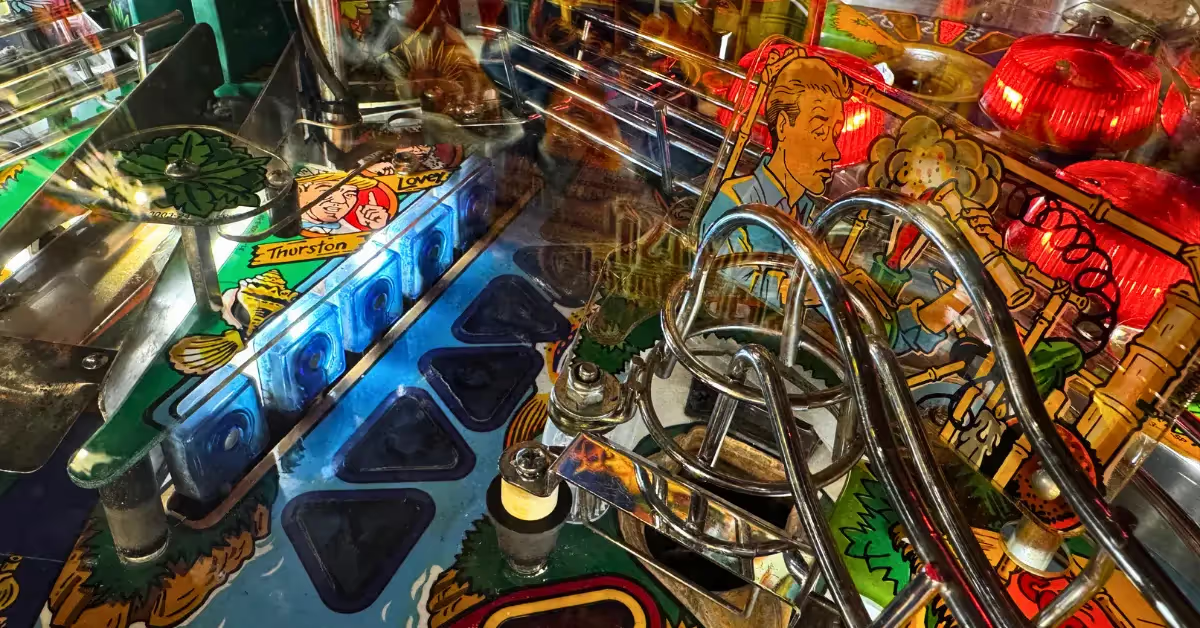
The LAGOON targets face the right side of the game and can only be directly hit via lucky shots from the right flipper or bounces from the bumper area. To assist in completing the targets, rolling through either the left or right inlane will spot LAGOON letters until the LAGOON award is lit at the center saucer. Only one LAGOON award can be lit at a time and the targets don’t do anything else if the award is already lit.
The LAGOON award is a “pseudo-random” award determined via game percentaging. Typically, it will award a random point value, as low as 150k or as large as 3M, with a total of 7 values in between these two margins. Rarely, the LAGOON award can give bonus balls, start multiball, or award a special.
As multiball is relegated to the random LAGOON award, it almost entirely serves as a utility rather than a viable scoring option. After plunging the second ball manually, progress can be made on collecting the ingredients for the current lava seltzer (but *not* towards brewing it or delivering it to Kona), and the ramp is lowered to score a set 1M per shot for the entirety of multiball. Unlike the jungle run value, this award never increases.
Multiball will never be given from the LAGOON award if the player is in the middle of brewing the seltzer or delivering it to Kona.
Kickback / Bonus Ball

The kickback is lit at the start of the game, and is relit whenever a ball falls into the top hole when “light kickback” (the first light) is lit. Whenever the kickback is lit, the return lanes will light along with it: the left and right inlanes for “advance kickback”, and the right outlane for 500k. Only one inlane can be lit at a time and it moves from left to right with each flipper press.
There are five values the kickback can score, including one that might benefit your opponents in a multiplayer game! Try to avoid this “gift of the gods” whenever possible, unless you want them to win, in which case don’t say I didn’t warn you.
- 250k
- 500k
- Gift of the gods (adds 1M to all other players’ scores; doesn’t do anything in single-player games)
- 2M
- Bonus ball
Bonus balls can rarely be scored from the LAGOON award but the kickback is the main way of earning them. Instead of being played immediately after the ball they were earned on like typical extra balls, bonus balls are played at the end of the game as a “ball 4” of sorts: like how they behaved on Space Station, just without the timer.
End-of-Ball Bonus
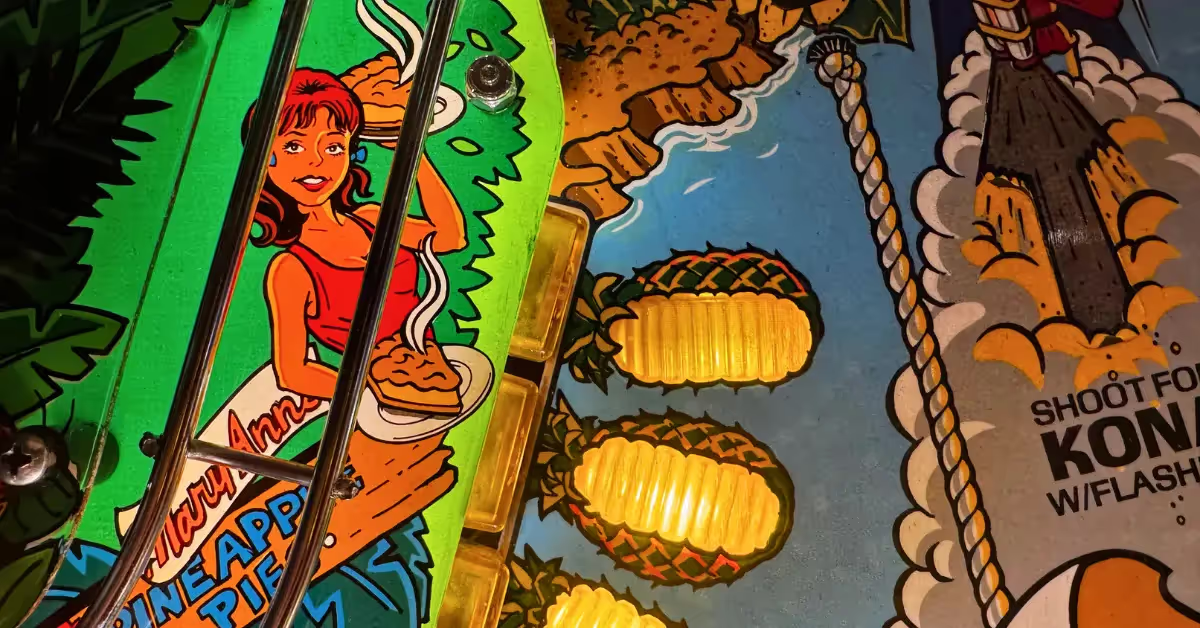
Bonus doesn’t seem to have a maximum from what I’ve played of this table, and is determined in the same way that many tables of this era calculate bonus: by adding individual thousands for every switch hit.
The bonus multiplier is increased whenever the player hits the *full* loop under the ramp. The ball first has to pass through the loop, and skip past the top saucer entirely to fall into a lane near the right of it that increases the bonus multiplier. The multiplier increases in +1x increments up to 5x, then awards bonus held (only the base value, not the multiplier).
Though bonus is generally worthless on Gilligan’s Island, there’s no denying that the full loop shot to increase the bonus multiplier is one of the coolest shots on the table!
Noah’s Strats
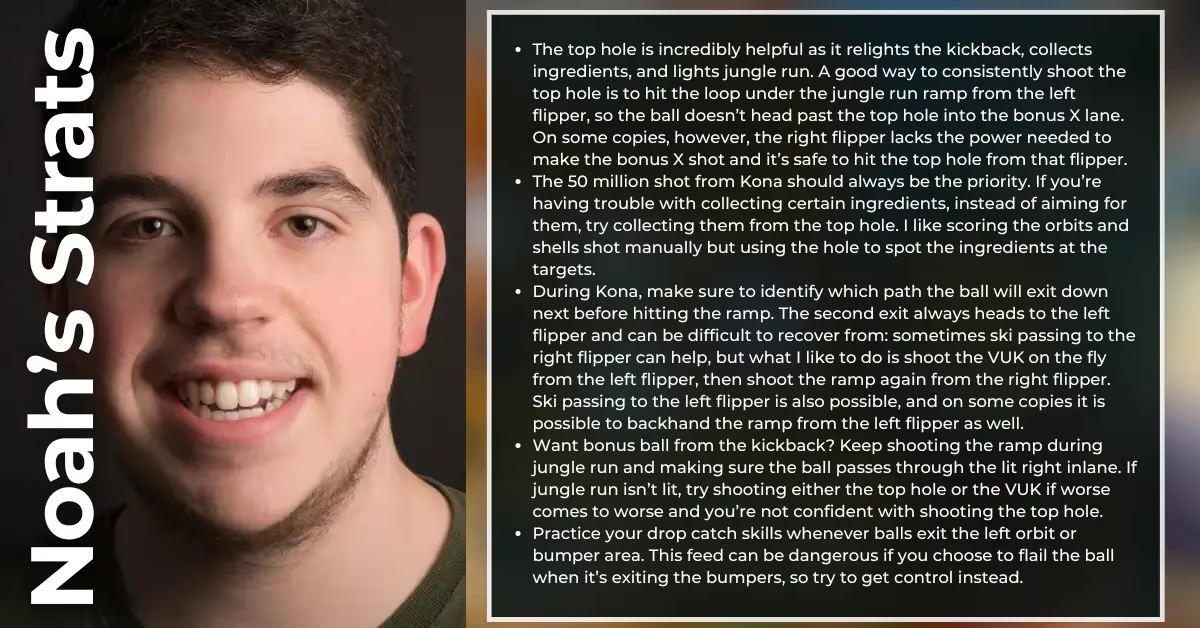
- The top hole is incredibly helpful as it relights the kickback, collects ingredients, and lights jungle run. A good way to consistently shoot the top hole is to hit the loop under the jungle run ramp from the left flipper, so the ball doesn’t head past the top hole into the bonus X lane. On some copies, however, the right flipper lacks the power needed to make the bonus X shot and it’s safe to hit the top hole from that flipper.
- The 50 million shot from Kona should always be the priority. If you’re having trouble with collecting certain ingredients, instead of aiming for them, try collecting them from the top hole. I like scoring the orbits and shells shot manually but using the hole to spot the ingredients at the targets.
- During Kona, make sure to identify which path the ball will exit down next before hitting the ramp. The second exit always heads to the left flipper and can be difficult to recover from: sometimes ski passing to the right flipper can help, but what I like to do is shoot the VUK on the fly from the left flipper, then shoot the ramp again from the right flipper. Ski passing to the left flipper is also possible, and on some copies it is possible to backhand the ramp from the left flipper as well.
- Want bonus ball from the kickback? Keep shooting the ramp during jungle run and making sure the ball passes through the lit right inlane. If jungle run isn’t lit, try shooting either the top hole or the VUK if worse comes to worse and you’re not confident with shooting the top hole.
- Practice your drop catch skills whenever balls exit the left orbit or bumper area. This feed can be dangerous if you choose to flail the ball when it’s exiting the bumpers, so try to get control instead.









